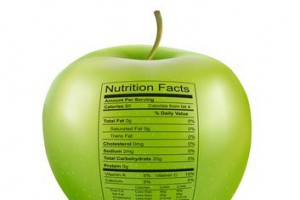
Ingredient statement (or ingredients list) is a mandatory section for packed food labels in most international standards. Its aim is to inform the consumer about the food composition. In Europe, the regulation N°1169/2011 defines the requirements related to this ingredients list. In the US, the section 101.4, Title 21 of the Code of Federal Regulation (CFR) specifies how ingredients must be designated.
Here are the key points any food industry player should consider when listing ingredients on a label.
Ingredient statement & US standards:
Ranking:
Ingredients shall be listed by common or usual name in descending order of predominance by weight on either the principal display panel or the information panel, except that ingredients in dietary supplements that are listed in the nutrition label.
The descending order of predominance requirements do not apply to ingredients present in amounts of 2 percent or less by weight when a listing of these ingredients is placed at the end of the ingredient statement following an appropriate quantifying statement.
Designation of ingredients:
The name of an ingredient shall be a specific name and not a collective (generic) name.
All sub-ingredients must also be listed. Sub-ingredients do not have to be listed if they are also a primary ingredient; for example, if salt was listed elsewhere in the ingredients it would not need to be listed as a sub-ingredient of ketchup.
For oils, the manufacturer can use the term “and/or” when listing the possible types of oils.
The 8 major food allergens defined by the Food Allergen Labeling and Consumer Protection Act (FALCPA) (MILK, EGG, FISH, CRUSTACEANS, TREE NUTS, WHEAT, PEANUTS, SOYBEANS) must be clearly identified within the ingredient statement.
Incidental additives:
Incidental additives are substances that have no technical or functional effect but are present in a food, processing aids, substances migrating to food from equipment, packaging or otherwise affecting food that are not food additives. Incidental additives shouldn’t be labeled
Sulfites:
Sulfites should be labeled if >10ppm.
Special ingredients:
Foods containing aspartame or sorbitol must contain warnings.
Ingredient statement & European standards:
Ranking:
As explained in the article 18 of the European legislation about food labeling, the list of ingredients shall be headed or preceded by a suitable heading which consists of or includes the word ‘ingredients’. It shall include all the ingredients of the food, in descending order of weight, as recorded at the time of their use in the manufacture of the food.
Nanomaterials:
It is to be noted that all ingredients present in the form of engineered nanomaterials must be clearly indicated in the list of ingredients by the word ‘nano’ in brackets.
Exemptions:
Article 19 defined the foods that are exempted from an ingredient list. This list includes fresh fruits and vegetables or foods consisting of a single ingredient where the name of the food is identical to the ingredient name.
Processing aids:
In Europe, processing aids don’t have to be labeled. As a reminder, a processing aid, as defined in the regulation EU N°1333/2008 shall mean any substance which has no role in the finished product. Processing aids are not considered as ingredients.
Allergens:
The European Union lists 14 ingredients as major allergens (GLUTEN, CRUSTACEANS, EGGS, FISH, PEANUTS, SOYBEANS, MILK, NUTS, CELEREY, MUSTARD, SESAME SEEDS, SULPHU DIOXIDE, LUPIN and MOLLUSCS). They shall be indicated in the list of ingredients with a clear reference to the name of the substance or product and emphasized through a specific typeset.
Water:
The amount of water added as an ingredient in a food shall be calculated by deducting from the total amount of the finished product the total amount of the other ingredients used.
This amount shall not be required to be taken into consideration if it does not exceed 5 % by weight of the finished product. It is to be noted that this derogation does not apply to meat, meat preparations, unprocessed fishery products and unprocessed bivalve molluscs.
Quantitative indication of ingredients (QUID):
The indication of the quantity of an ingredient or category of ingredients is required when it appears in the name of the food or is usually associated with that name by the consumer, when it is emphasized on the labelling in words, pictures or graphics or when it is essential to characterize a food and to distinguish it from products with which it might be confused because of its name or appearance.
The QUID is expressed as a percentage, which shall correspond to the quantity of the ingredient or ingredients at the time of its/their use; and appear either in or immediately next to the name of the food or in the list of ingredients in connection with the ingredient or category of ingredients in question.
Where foods have lost moisture following heat treatment or other treatment, the quantity shall be expressed as a percentage which shall correspond to the quantity of the ingredient(s) used, related to the finished product, unless that quantity or the total quantity of all the ingredients indicated on the labelling exceeds 100 %, in which case the quantity shall be indicated on the basis of the weight of the ingredient(s) used to prepare 100 g of finished product;
The quantity of ingredients used in concentrated or dehydrated form and reconstituted during manufacture may be indicated on the basis of their proportion by weight as recorded before their concentration or dehydration;
In the case of concentrated or dehydrated foods which are intended to be reconstituted by the addition of water, the quantity of the ingredients may be indicated on the basis of their proportion by weight in the reconstituted product.
Some exemptions are to be noted. For instance, the QUID is not required when the drained net weight of which is indicated on the product label or when the ingredient is used in small quantities for the purposes of flavoring.
Food industry players: How to build a compliant ingredient statement from your formula?
To build, record and track reliable ingredient statement, the best practice for manufacturers or distributors is to use a PLM (Product Lifecycle Management) solution, an IT innovative tool that drives product development from its ideation to its launch.
Lascom’s PLM is a formula-based PLM which can automatically generates ingredient statements from the recipe that have been developed within the PLM. Its features are based on both European and US standards. They include QUID generation, allergens highlight and grouping of the list of the ingredients.
These features are part of Lascom’s product compliance module, which helps you to comply with applicable legislations. If you want to know more about Lascom and its solutions, just click!
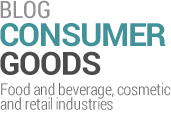




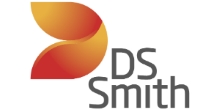

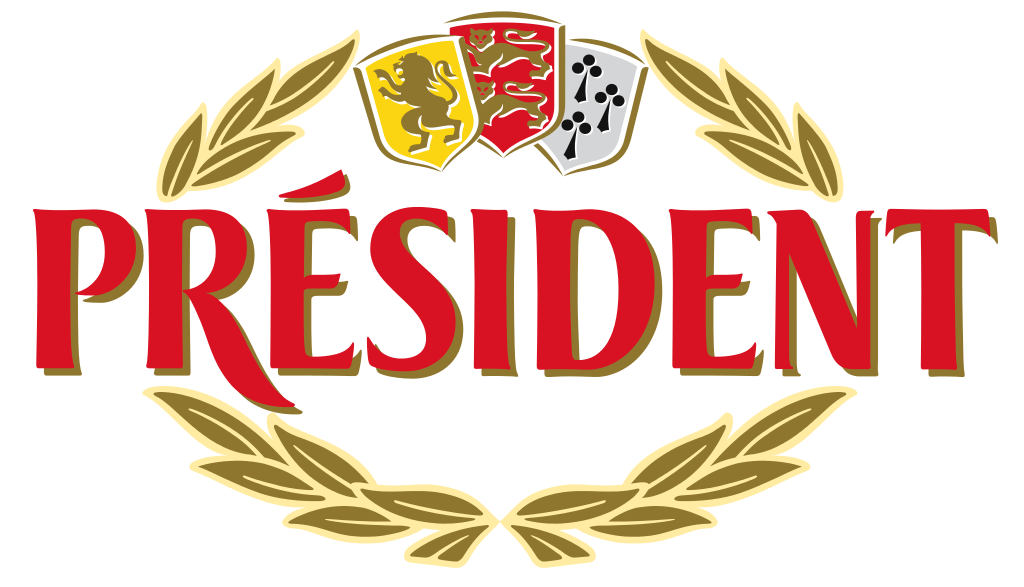

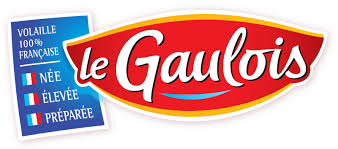
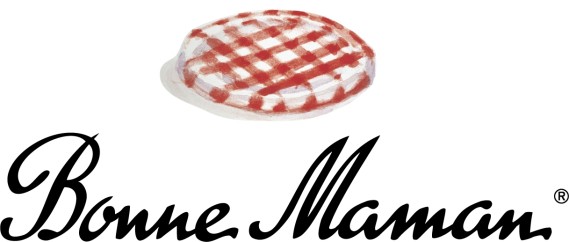
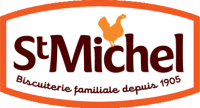
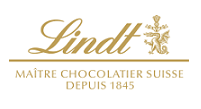
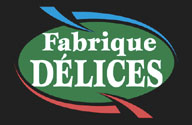
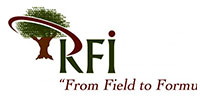
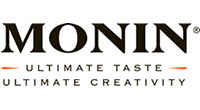
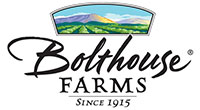
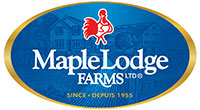
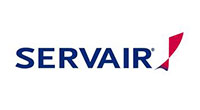
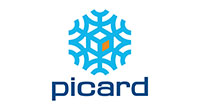
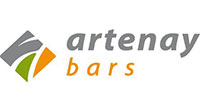
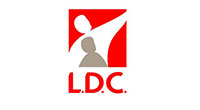
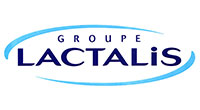
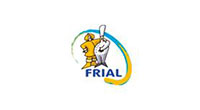
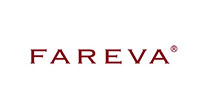
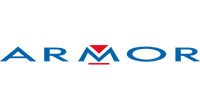
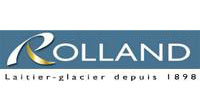
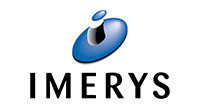
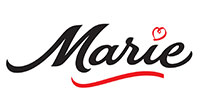
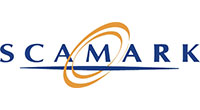
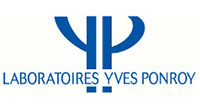

Hello Sales,
We will like to make inquiries about the below items and kindly provide us with the price of the items at your earliest convenience so that i can get back to you with the quantities needed.
(RAW MATERIALS POWDERS) Ingredients
Riboflavin(Vitamin B2)CAS No: 83-88-5 (Universal USP Grade)
Pyridoxine(Vitamin B6)CAS No: 58-56-0 (Universal USP Grade)
Best Regards
Andrew Fitzpatrick (Procurement Director)
Procurement Office (Tay House)
University of Glasgow
University Ave,
Glasgow G12 8QQ
United Kingdom
VAT number GB 671798093
company reg: SC004401
Tel:44 (0) 1415 307034
Hello,
We develop PLM (Product Lifecycle Management) software covering NPD (New Product Development) challenges – product specification management, recipe formulation, packaging development, compliance approval, etc. – to help companies optimize their product design processes. We do not provide advice or quotations on ingredients, formulas or suppliers. Unfortunately, we are unable to answer this specific question as we are not contract manufacturers. Our blog authors compile information freely available on the web with our teams’ experience to provide related best manufacturing practices.
Sincerely,
Sacha Baïzet – Moderator